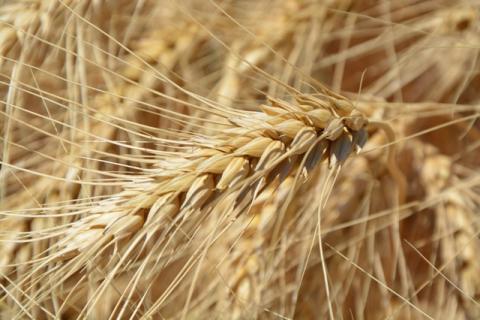
This last decade has seen a rise in holistic healthcare. While some swear by this method, others are skeptical as to what this ‘alternative’ medicine can accomplish. Basmati.com is bridging the gap between ancient traditions and modern science, with weekly case studies that provide an overview on the recent accomplishments of traditional, holistic practices.
The benefits of organic farming are often narrowly compared to conventional farming merely in terms of crop yield. This article will explore the difference in nutritional density of organically grown wheat.
Organically grown wheat is believed to have better nutritional value than wheat that is grown by conventional methods. A study in the journal Food Chemistry (2016) investigated the effects of organic versus conventional farming on the antioxidants in wheat.
The researchers grew the wheat “cv. Bologna,” the most common variety of wheat grown in Italy, in either organic conditions or conventional conditions. Organic soil had less nitrogen and phosphorus than conventional soil. The way of controlling weeds in the organic method was mechanical, while the conventional method used chemicals. The researchers kept the tillage method and amount of seeds planted the same for both organic and conventional conditions.
In terms of yield, the organic method produced wheat that had less straw, fewer ears, and less grain. Compared to conventional soil, white flour from wheat grown in organic soil had less protein in it. Thus, the flour from organic farming is more suitable for making biscuits and crackers, instead of bread.
But there is more use for wheat than just making flour for baking. During the milling process, the outer shells of wheat kernels are separated from the inner parts, which become flour. The outer shell is called bran, which can be crushed and used in cooking. This study found an interesting difference between the bran that came from organic wheat compared to conventional wheat. The organic farming method did not change the amount of phenolics in the bran or flour of the wheat. Phenolics are a family of oil molecules that have antioxidant properties, meaning they protect the cells in our bodies from particles that cause damage. Phenolics have been shown to prevent chronic diseases, such as obesity, cancer, diabetes, and cardiovascular disease. The exciting finding from this study is that growing wheat under organic conditions results in bran that has more antioxidant activity than the bran that is from conventionally grown wheat.
In conclusion, organic wheat produces bran that has more oils that protect our bodies from chemicals that damage our DNA, our genes. These damaging chemicals are called “radicals” and are naturally produced by the normal day-to-day activity of our cells. Eating bran that comes from organic wheat supplies our body with more oils that quench the radicals in our cells, which keeps us healthier.
Reference
Mazzoncini M., Antichi D., Silvestri N., Ciantelli G., Sgherri C. “Organically vs conventionally grown winter wheat: effects on grain yield, technological quality, and on phenolic composition and antioxidant properties of bran and refined flour.” Food Chemistry. 2015 May 15;175:445-51.








